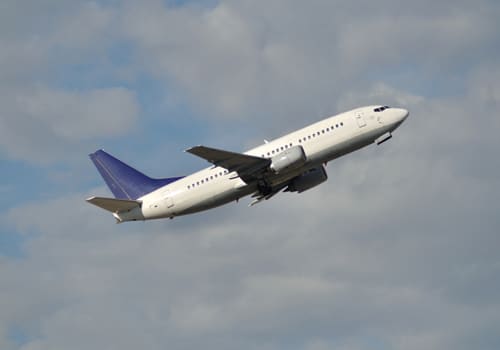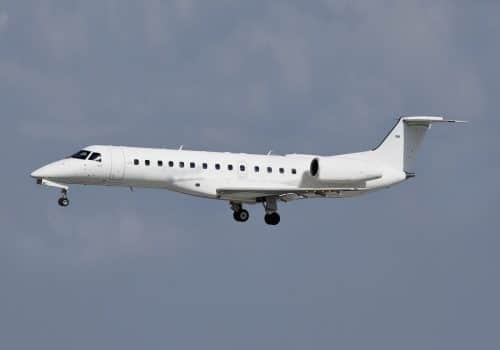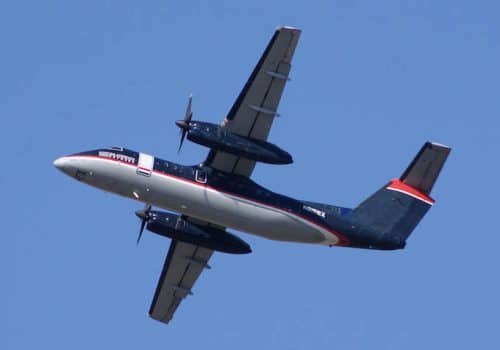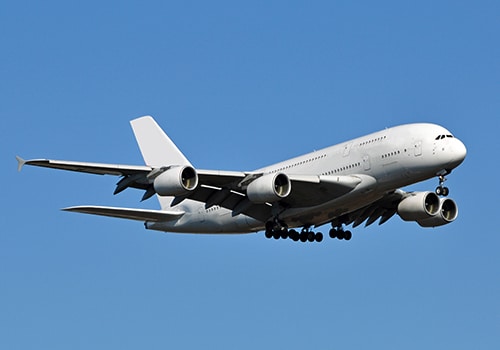Description
Overview:
The Boeing B737 is a family of airliner designed and developed by the American manufacturer Boeing. It is a twin-jet aircraft for short-haul and medium-haul trips. The project of an aircraft capable of competing with the DC-9 and the BAC-11 began at Boeing in the 1960s. The aim was to design a complementary B727 aircraft capable of carrying around 100 passengers across 2000 km to 3,000 km.
It made its first flight in April 1967 and after a difficult start, it is now one of the most sold planes in the world with over 13,000 orders and 9,000 deliveries.
Commercial Features:
The Boeing B737-300 is an extended version of the original models of the same family. Its longer cabin allows the transport of 148 to 428 passengers according to the configurations of the airlines. This device is fully modular and customizable.
Technical Features:
The prototype of the 300 was released from the Renton factory on January 17, 1984 and made its first flight on February 24, 1984. After receiving its flight certification on November 14, 1984, USAir received the first aircraft on November 28. Boeing received 252 orders in 1985, and more than 1000 through its production. The 300-series remained in production until 1999, when the last aircraft was delivered to Air New Zealand on December 17, 1999.
In December 2008, Southwest Airlines chose Boeing to upgrade the 737-300 with a new set of instruments, hardware and software to improve navigation quality.
The 737-300 is equipped with wings from “Aviation Partners Boeing”. The modernized 737-300 is also called -300SP (for Special Performance). Airplanes of this type have also been converted into cargo versions. The 737-300 was replaced by the 737-700 with the Boeing 737 Next Generation.
This aircraft can reach a flight altitude of 11,300 meters with a cruising speed of 795 km/h.










